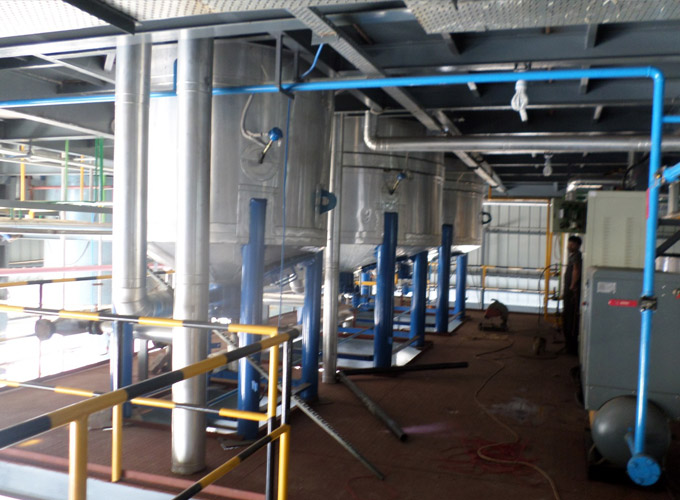In today’s bustling marketplace, consumers demand high-quality and safe edible oils. As a leader in the soybean oil production industry, we are constantly seeking ways to improve our refining processes. This article will delve into the five key steps of the soybean oil refining process, showcasing how each step addresses client pain points while ensuring compliance with food safety standards.
The refining process begins with degumming, which removes phospholipids and other impurities from crude soybean oil. By doing so, we enhance the oil's quality, prolong shelf life, and comply with food safety regulations. A refined oil not only meets health standards but also exceeds customer expectations.

Following degumming, the next step is neutralization. This involves the removal of free fatty acids that impact the taste and quality of the oil. Our advanced techniques ensure that the neutralization process is precise, leading to a product that not only suits consumer palates but is also safely consumable, garnering positive customer feedback.
The bleaching stage takes place next, where activated carbon and other agents are used to eliminate unwanted color and impurities. This critical step not only enhances the aesthetic appeal of the oil but also transforms its flavor profile, further addressing customer preferences. Our commitment to quality drives us to implement state-of-the-art bleaching methods, ensuring exceptional clarity and color without compromising safety.
After bleaching, deodorization is conducted to remove any undesirable odors or flavors that may have persisted. This process utilizes steam and high temperatures, guaranteeing a fresh taste that meets the high expectations of consumers. By actively addressing customer feedback, we fine-tune our deodorization methods to maximize satisfaction.

The final step is winterization, which involves chilling the oil to separate and remove waxes that can cloud the oil at lower temperatures. This step results in a clearer product that customers prefer, particularly for cold applications in cooking. Our innovative winterization technology not only preserves the integrity of the oil but also complies with safety standards, further aligning with consumer demands.
In conclusion, our soybean oil refining process comprises five meticulous steps that elevate product quality and address customer pain points effectively. From degumming to winterization, each stage significantly contributes to producing high-quality, safe edible oil. By emphasizing quality improvement and actively integrating customer feedback, we pave the way for sustained market growth and consumer satisfaction. Join us in our journey to redefine edible oil standards.


